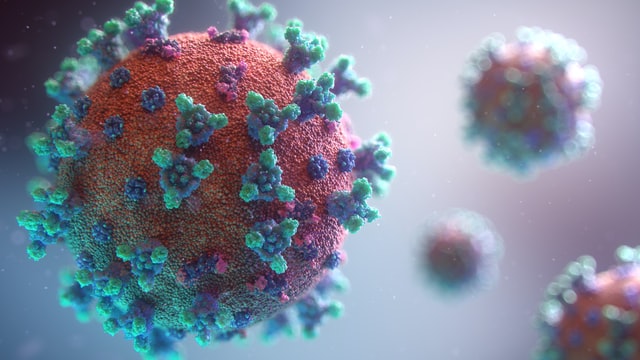Water treatment is a process the vast majority of us give very little thought to. We turn on the faucetor flush the toilet and out it comes, ready to hydrate us or wash away our waste. But before it reaches that stage, it will have gone through a lot to ensure it is safe to use in our homes.

It’s a vital component of everyday life – after all, water makes up around 60% of the average human body – while it’s essential that there is enough clean water to sustain our vast and complex ecosystems. So, without water treatment, where would we be? How does the process work, and what are some of the technologies used? Read on to find out more.
Why is water treatment so important?
If our wastewater was not properly treated, the impact would be severe. Without the process, our drinking water would become contaminated, recreational water sites would be forced to close, and our natural water-dwelling wildlife would be deprived of the oxygen they need to survive. That is why residential homes choose to install inline water filters to make sure that they’re only drinking potable water. When you consider an inline water filter for your home, it goes through a water treatment that makes it safe to drink. You can consider a good water treatment like Alivewater.com.
How does the water treatment process work?
There are a few stages to the water treatment process:
- First, the likes of sand and gravel are filtered out, as well as larger foreign objects such as toilet tissue or scraps of material.
- The water is then moved into large tanks where the sludge falls to the bottom and is removed to be treated separately. The same goes for oils, which rise to the top and are skimmed off.
- Next, bacteria is added in order to break down the biological elements in the water, such as soap and food waste.
- Finally, the water is disinfected, perhaps through chlorination or the application of ultraviolet lights, which kill off any harmful bacteria or viruses. Sometimes, a combination of techniques will be used.
What are some common examples of water treatment technologies?
There are a number of different water treatment techniques, including:
- Slow sand filters use sand and gravel of various sizes in a tube or a container, where the operator looks through a sight glass to monitor the level of water The complex biological film on the sand’s surface breaks down the contaminants, producing water with a drastically reduced bacteria cell count.
- Aeration is where oxygen is transferred into the water in order to remove gases and other volatile compounds in the form of air stripping.
- Screens are a relatively rudimentary but effective method of water treatment. Screens of varying levels of coarseness can be used to removethe likes of weeds and debris, down to much smaller particles.
- Nanotechnology is a relatively new method of water treatment that can be more effective and efficient than other processes. Nano membranes soften the water and extract contaminants and this can be achieved thanks to the nanoparticles’ high surface-to-volume ratio, small size and organized structure.



